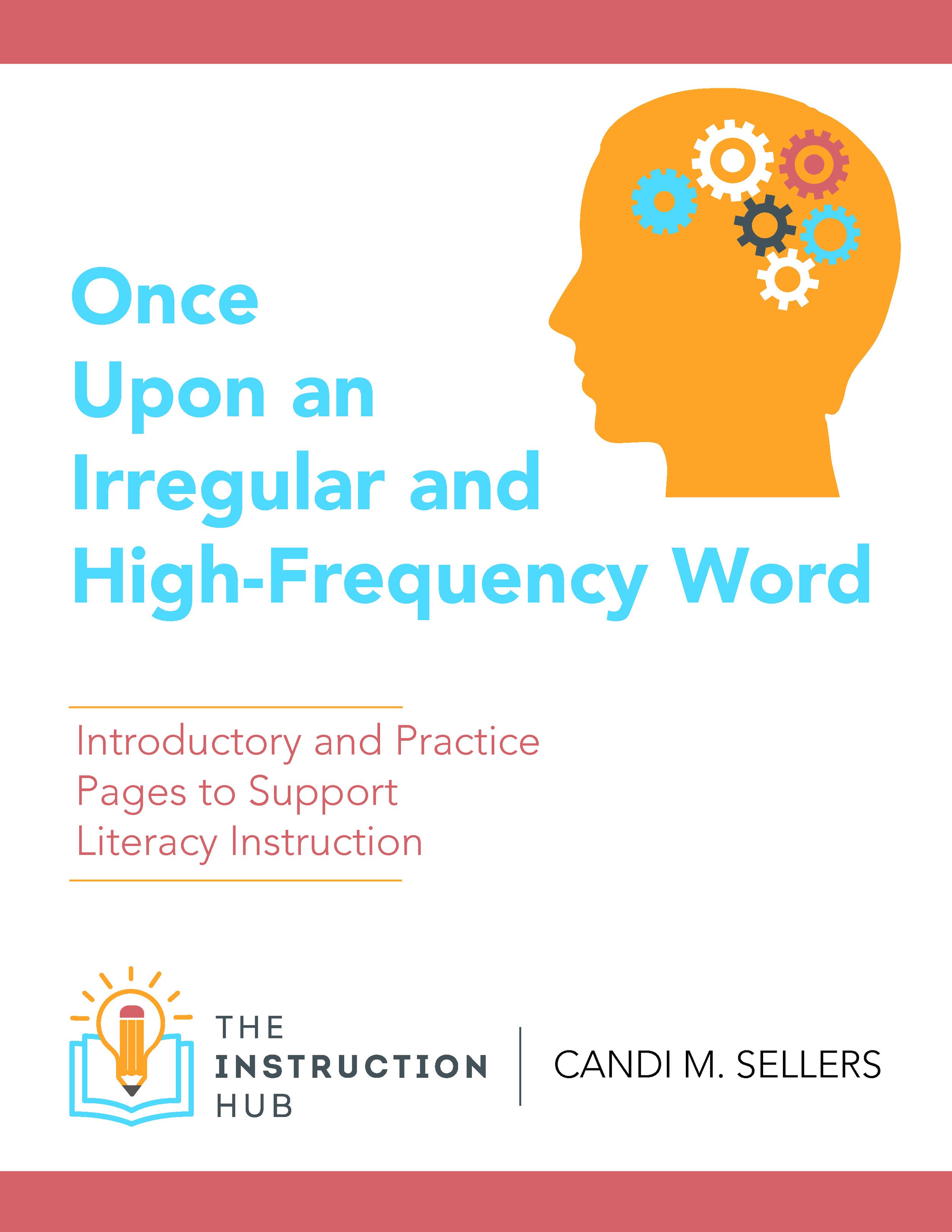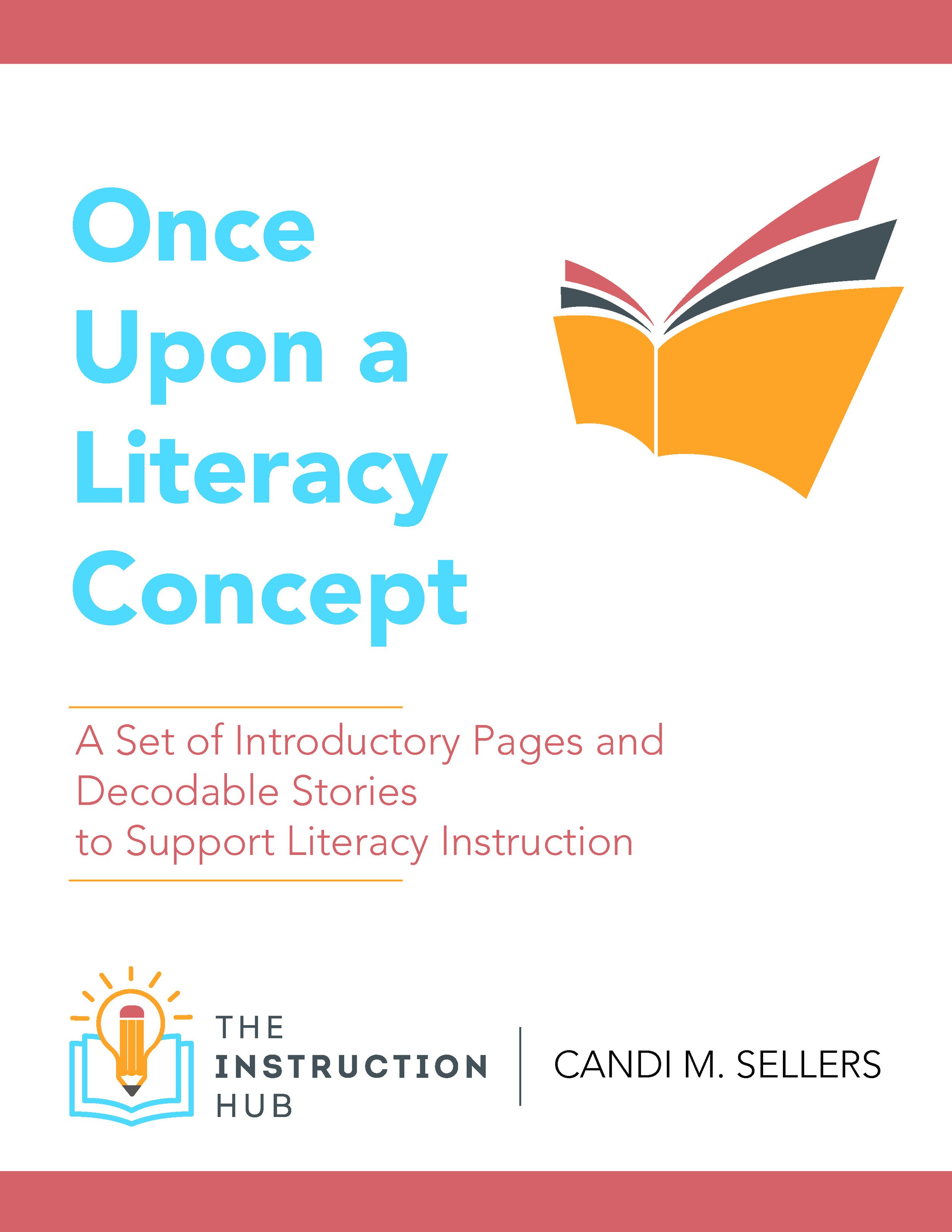The K.N.O.W. Binder
Systems.
Some people love the word and some people loathe it. The truth is systems can help keep everything moving smoothly, and this is one reason that I have a notebook system for my students. I actually have a few notebook systems, but this one is for organizing materials in my Orton-Gillingham and Structured Literacy sessions.
I appreciate that it becomes a learning tool, a progress monitoring resource for me, and an archive of hard work to celebrate! Review and reinforcement are necessary for learners to become masters of content. Linking back to previous learning is a needed step for successful instruction.
Having a tangible option to accomplish both can be found in this binder. We want to connect what was previously learned with what is to be taught in an ordered way. Please note: this binder has evolved from the system I was introduced to in my original training courses.
Let’s dive into creating a place to put all that you K.N.O.W:
1. Make it meaningful. Nothing says boring to a student like one more notebook they have to keep up with. Cue a fun name that reminds them why we have it and why they should see the value in it. I call my notebooks the K.N.O.W binder.
K.N.O.W stands for:
K: Knowledge - What concepts have you learned to deepen your knowledge?
N: Notes - What notes have you taken to support your long-term learning?
O: Outlines - What outlines have you created to help you organize new learning?
W: Wonders - What questions have you asked or answered about your new learning?
This binder holds everything they have learned, what they will review, and what they hope to learn.
For my younger learners, we do not go into depth about each of the parts of the acronym. Instead, we just say this binder holds all that you KNOW and will continue to learn.
2. Give it value. When they have a question or can’t remember a concept, take them back to the KNOW binder. Let them find the category and find the new information page they worked so hard on and use previous learning as a springboard for recall. Let them see it as a working resource they can refer back to at school and at home. Finding the category, reviewing the page, and working back through the information will give a solid opportunity for reinforcement.
3. Build Independence. I don’t want to just give information, I want my students to synthesize, organize, and work through their learning. I want them to be a part of, depending on what level is age-appropriate, inserting the content of the notebook and building the notebook. I want them to see it as their tool and not just something I require for class. I have students who are in college now who use notebook systems as a way to organize and are quite successful with it.
Don’t you feel empowered when you can build, organize, and find something on your own? Isn’t it nice to find an answer without the help of someone else? Don’t get me wrong, I am here to support and guide the students. However, when my students begin to ask to check their K.N.O.W binder on their own, it is a great day. They know they have put in the work and they know one place to find it.
4. Keep Everyone Organized. The way the notebook is designed is to help keep materials the student will need for each session ready to go. It also serves as a running record of the work that they have completed. It makes a useful tool for them to be able to share with their families about their work, and makes a helpful tool for you as the practitioner to be able to use in progress monitoring check-ins or conferences.
Suggested tabs for storing work from sessions
So what goes in the K.N.O.W Binder?
You can find what I use to build the binder on my Amazon storefront. This is an affiliate link. You can also find the resources that I use for each section linked below.
Front Cover: If appropriate, use a tracing guide for when the student is practicing letter forms, visual drills, or tracing words.
Back Cover: Show a Phonological Awareness Mat or Phoneme-Grapheme Mapping Mat.
Inside:
Pencil pouch with pencils, highlighting pencils, PA cubes or chips, mini mirror, PA bead bracelet, fidget of choice, tracking tool, and dry erase marker.
Dividers with these suggested categories: Irregular Words, Phonograms, Syllables, Spelling Generalizations, Morphology, Reading Passages and Comprehension, Grammar/Written Expression, Vocabulary
I use the resources below to teach irregular words and the other concepts listed in the dividers. Click on each image to learn more.
I hope this is helpful for you and your students! Please feel free to share. If you create a post, I would love to see my resources in action.
Feel free also to tag @theinstructionhub or use the hashtag #theinstructionhub in your captions or with your photos.
If you have any questions, please reach out!
This information is the intellectual property of ©2022 The Instruction Hub. Do not use or repurpose without expressed permission from The Instruction Hub. Please give The Instruction Hub an attribution if you choose to use, reference, or quote/paraphrase copyrighted materials. This includes but is not limited to blogs, social media, and resources.








